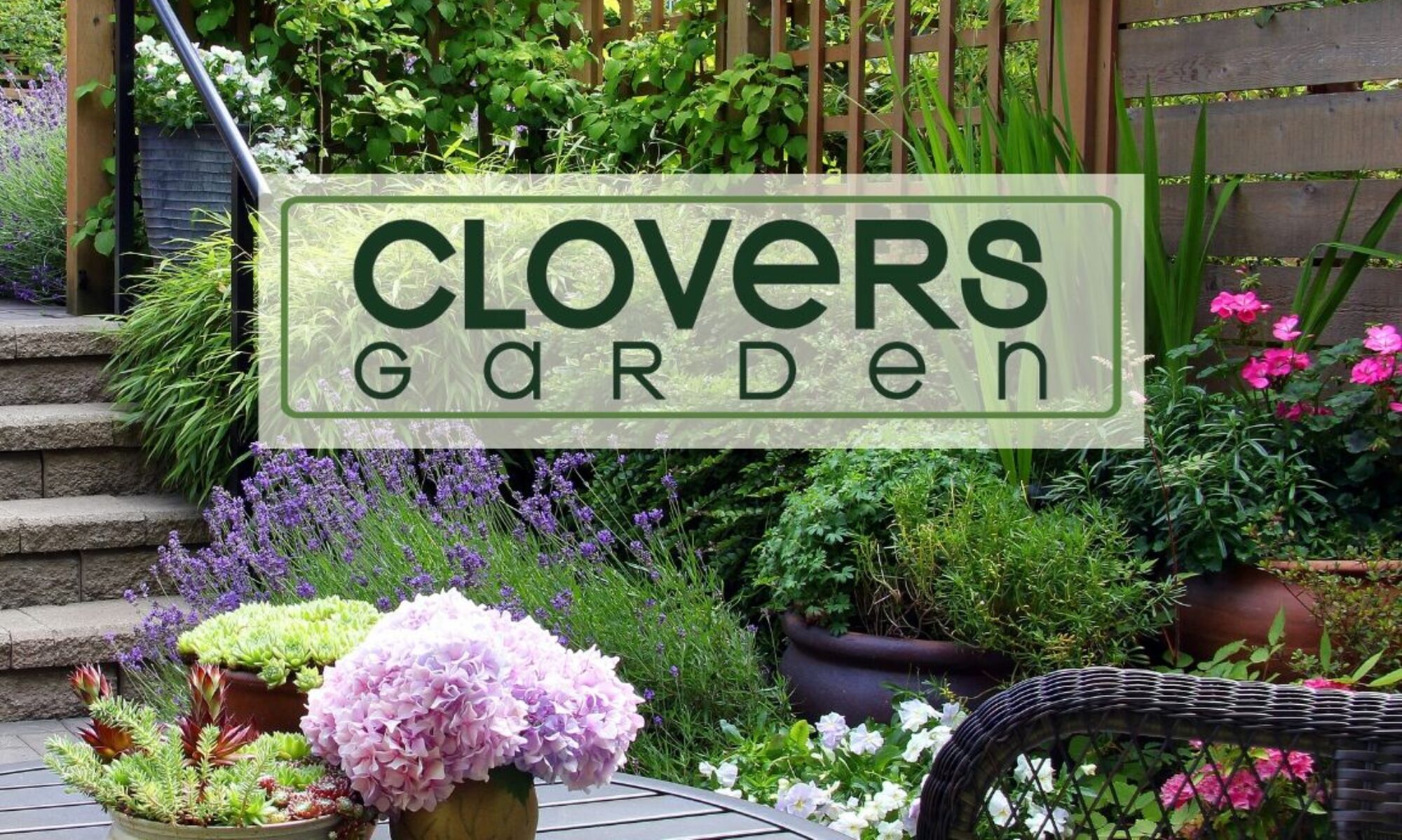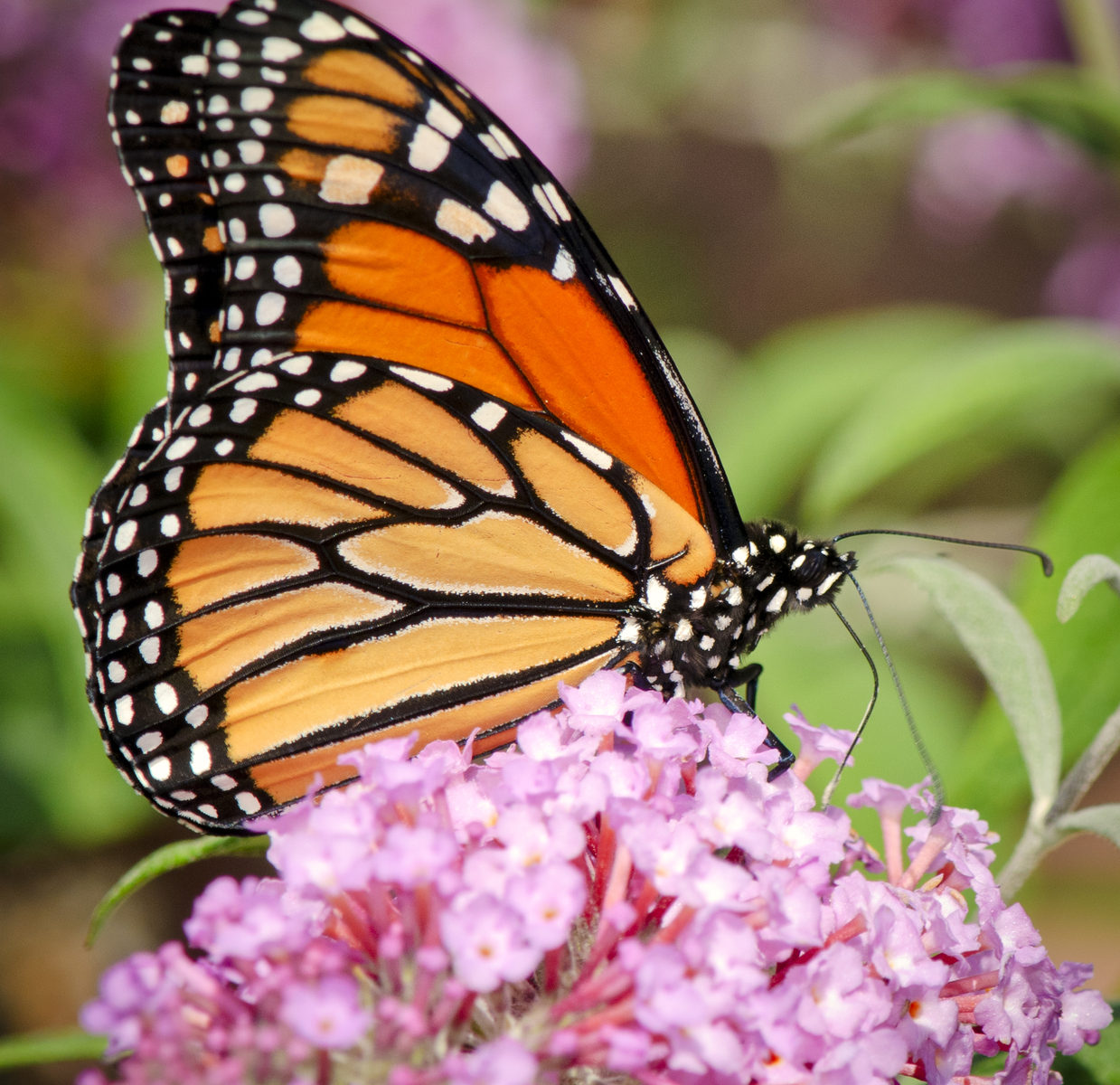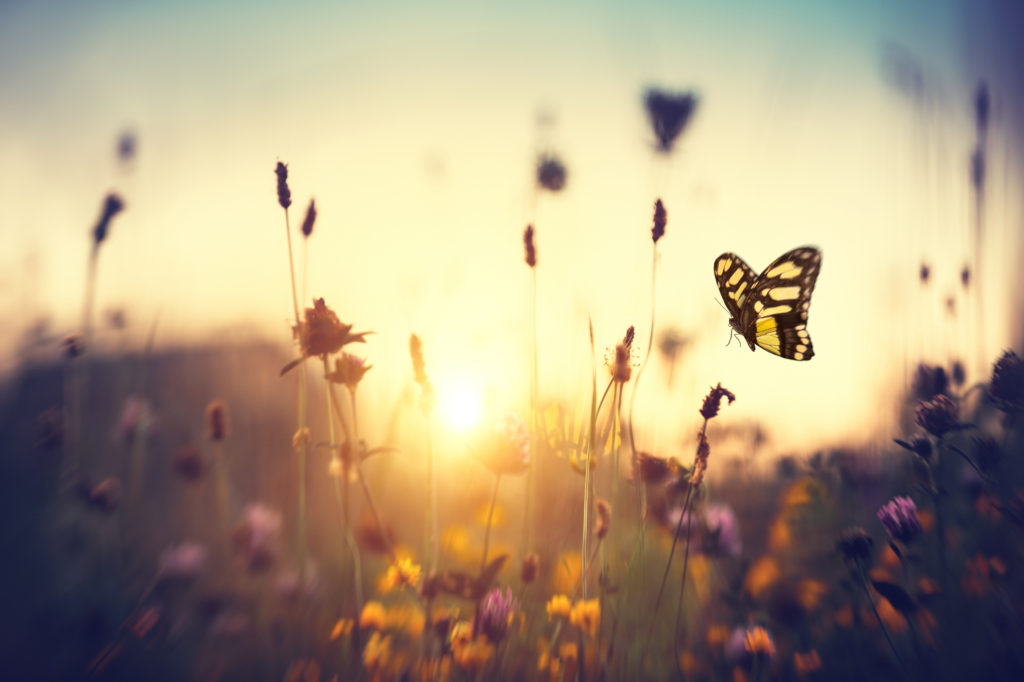Why improving bee habitat is important
Did you know that bee populations worldwide have been in decline in recent years? Did you know that about 30% of the crops grown throughout the globe require cross pollination, provided by bees, to thrive and prosper? These are just a few simple reasons that show why bee habitat is important, without bee habitat where would the bees go? Bees play a vital role in the health of the world as an ecosystem, because they provide the necessary cross pollination for many species of plants to thrive. Without bees we would lose an extremely vital aspect of the food chain, that aspect being the base of it in the plants that bees help to spread and grow. Without these plants at the bottom of the food chain, everything above it would collapse because they would eventually have no food to eat; that would also include humans. So, just how important is bee habitat you might ask? Bee habitat is an extremely vital part of the planet and we must do everything we can to stop the decline of the global bee populations. The easiest and likely fastest way to do this is to do your part by building a habitat for bees in whatever space is available.
Step 1 pick bee friendly flowers
Did you know that bees are attracted to certain flowers more than others? In order to improve bee habitat in your yard, or balcony, or wherever you might live it is important to consider what kind of flowers that get planted in order to attract more bees! A few examples of good flowers to plant to attract bees are aster, sunflowers, foxglove, cornflowers, bluebells, cosmos, or goldenrod. When picking what to plant, make sure the flowers you choose are able to bloom for a long time; if it is possible pick flowers that bloom more than one season every year as well.
Another important thing to consider when picking flowers to plant for bees, is what climate and gardening zone you live in. For instance, you would not want to plant a flower that is native to Florida if you live in Minnesota. The more you stick to native plants the better they will survive and more importantly reproduce so your flower garden will not have to be constantly replanted.
One more thing to consider when planting flowers to attract bees, is that they are drawn to brightly colored flowers from a distance. Even though they may not be the “ideal” flowers for them to pollinate it will help draw them in so they can explore the other flowers in the garden.
Step 2 plant herbs and vegetables
Just like humans, bees like vegetables and herbs too! The easiest way to add some flare to your bee habitat improvement project is to add a small herb garden next to the flower garden part of your bee habitat. A few herbs to consider planting in this garden are oregano, rosemary, mint, or lavender. The reasoning behind planting an herb garden is to give the bees another area to pollinate. It also will not take up very much space so just in case you have a limited space to work with already this small herb garden will only improve the bee habitat. In addition to the bees using your new herb garden, you will be able to periodically have fresh herbs to use in your own kitchen!
Step 3 leave out some water
This might seem a little silly but when making a garden for bees consider adding a bee sized bird bath. Bees need water just like every other animal out there so putting out a few small dishes of water will help the bees survive and potentially colonize the area. Obviously, a colony is what you are aiming to establish so anything that helps them stay in the area will encourage a colony to form.
Step 4 make your own bee habitat
There are quite a few different ways that this can be done. The simplest way to make some habitat for bees is to ensure there is at least some bare ground space within the garden and add some small piles of sticks for them to hide within. If you are feeling craftier consider designing a bird house, except with a hole or holes too small for any bird to get into. If you are unable to make a small hole in it, an easy fix is to cover it with chicken wire that will let bees in and out but keep anything else out.


